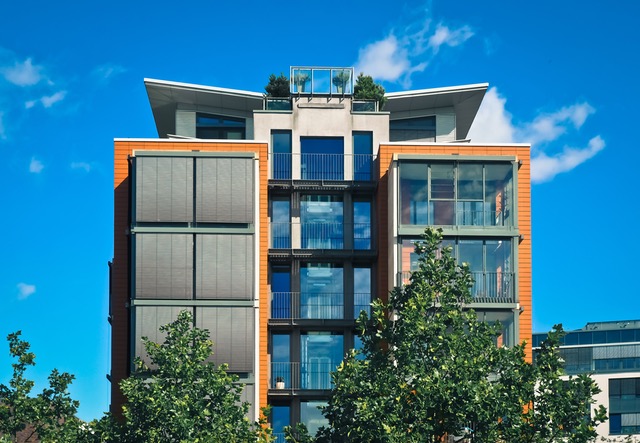If you’ve ever bought a residential property, you’re familiar with the appraisal process. The value of the home is primarily dependent on the prices similar homes have sold for in the same area. Commercial real estate appraisal, though, differs from residential property appraisal. Understanding the differences is important if you desire to invest in commercial properties.
See how commercial real estate appraisals differ from residential real estate appraisals:
- The least used method is the cost approach. This is the cost required to build a similar structure. It’s the replacement cost of the property. In most cases, the property would be more expensive to build than anyone is willing to pay for it. This is particularly true in lower-income areas. Homes in these areas are also much less expensive than the replacement cost.
- With rental properties, the income capitalization method is most commonly used. This method bases the value of the property on the income it provides. A metric commonly utilized is the Gross Rent Multiplier (GRM).
- The Gross Rent Multiplier is the selling price divided by the gross rents. Comparing the GRM of the subject property to comparable properties, you can get an excellent idea of the value of the property that interests you.
- A property with a sales price of $1,000,000 and annual gross rents of 125,000 would have a GRM of 8. Is this in line with similar properties in your area?
- Different areas have different GRMs. Contacting a local commercial real estate expert is a great way to find out the multiplier for your area.
- Sales comparisons are another tool to determine the value of commercial properties. This is similar to the appraisal of a residential property. Similar properties that have recently sold are compared to the subject property. While banks are concerned with this factor, it’s of less importance to investors.
The best method depends on your area and the type of property. Banks use all three methods and then make their own decisions. However, the bank is only worried about the safety of their money. You’re most interested in getting a great return.
Commercial real estate investors commonly use this approach:
- Calculate the net operating income. This is the total money received from rents minus the operating expenses. These expenses include items like utilities, property taxes, landscaping, management fees, and trash collection.
- The value of the property to the investor is the net operating income divided by the desired return. If you desire a 10% return, and the net operating income is $100,000, you’d be willing to pay $1,000,000 or less for the property. What return do you require to feel that you’re getting a good deal?
- It’s not just about the numbers. Some properties have outstanding, long-term tenants. Other properties do not. Are the rents fair? Some commercial property owners are excellent at encouraging tenants to pay rents above the market rate. Eventually, these same tenants realize the truth and leave when the lease is up.
- Realize that you’re not just investing in the building. You’re also investing in quality of the leases, the tenants, and the income. A building with long-term, successful tenants, with long lease-terms, can be worth more than a comparable building with similar rents, but worse intangibles.
Consider the income, expenses, and your desired return when determine the price your willing to pay for a commercial property. Remember that a commercial property is a business. It only makes sense to determine the value with business principles. Commercial real estate can be a lucrative business for the well informed.






Leave A Comment
You must be logged in to post a comment.